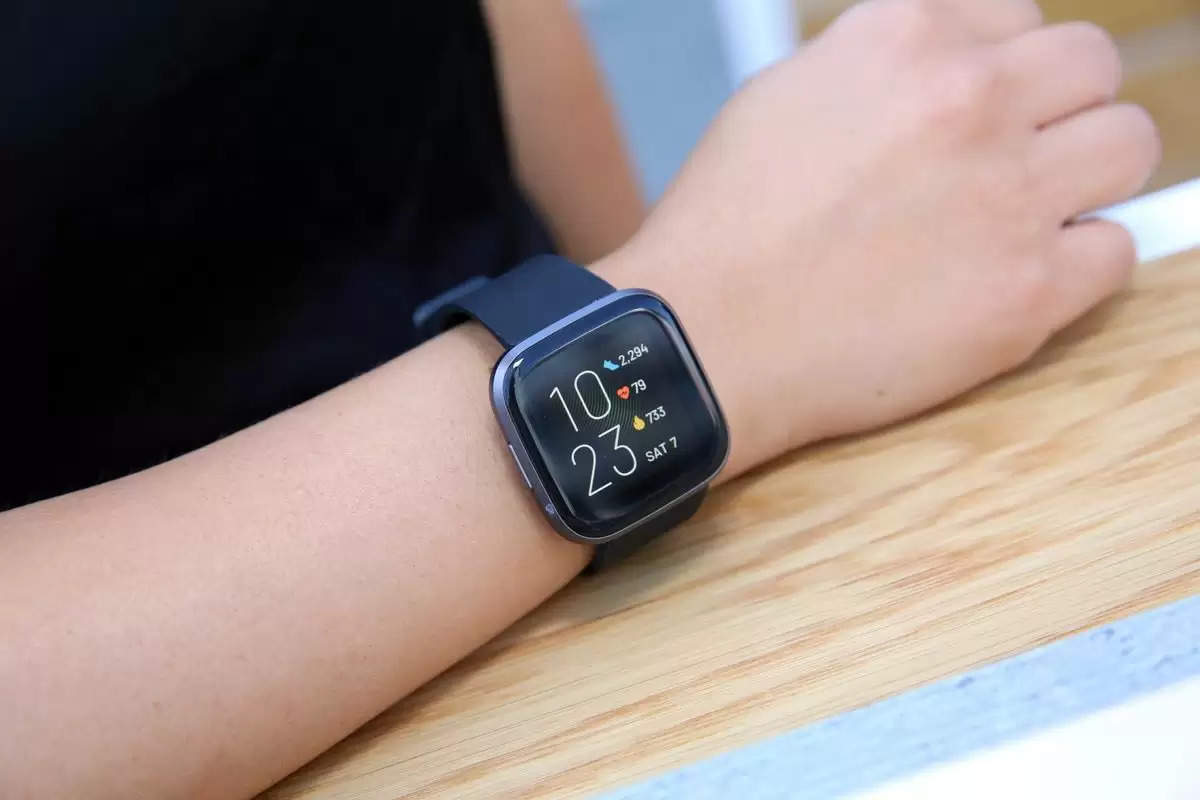Health trackers worn on the wrist can detect Covid even before symptoms show up: Study

Researchers found that more people around the world are using health trackers to keep tabs on changes in their skin's temperature, heart rate, and breathing rate.
According to a study, health trackers worn on the wrist can help detect COVID-19 days before the virus's telltale symptoms start to manifest. Health trackers are used by an increasing number of people worldwide to keep tabs on changes in skin temperature, heart rate, and breathing rate.
According to the most recent study, which was published in the journal BMJ Open, this data could be used in conjunction with artificial intelligence (AI) to diagnose COVID-19 even before any symptoms manifest. The gold standard for diagnosing COVID-19 is still a PCR swab test, but the researchers said their findings "suggest that a wearable-informed machine learning algorithm may serve as a promising tool for presymptomatic or asymptomatic detection of COVID-19."
The findings of the researchers, who include those from the Risch Medical Laboratory in Liechtenstein, are based on observations of AVA bracelet wearers. The fertility tracker, which is approved for commercial use, also tracks sleep duration and quality in addition to heart rate, blood flow, wrist skin temperature, and respiration rate.
It may take a few days for typical COVID-19 symptoms to manifest after infection, during which time an infected person may unintentionally spread the virus.
The goal of the study was to determine whether physiological alterations tracked by an activity tracker could be used to train a machine-learning algorithm to identify COVID-19 infection before symptoms appeared.
Between March 2020 and April 2021, 1,163 participants under the age of 51 were selected from the GAPP study. GAPP, which began in 2010, aims to better comprehend how cardiovascular risk factors develop in the general Lichtenstein population. The Ava bracelet was worn at night by participants. The device requires at least four hours of reasonably uninterrupted sleep and saves data every ten seconds.
Upon waking, the bracelets were synced with a complementary smartphone app. They regularly underwent quick tests for the SARS-CoV-2 virus, which is the cause of COVID-19 infection. People who had warning signs underwent a PCR swab test as well. Approximately 127 people (11%) became infected with COVID-19 during the study period. Of these, 66 (52%) were confirmed as positive by PCR swab test and had worn their bracelet for at least 29 days prior to the onset of symptoms, so they were included in the final analysis.
When compared to baseline measurements, the monitoring data showed that all five physiological indicators significantly changed during the COVID-19 incubation, pre-symptomatic, symptomatic, and recovery periods. COVID-19 symptoms lasted an average of 8.5 days. In a 40-day period of continuous monitoring of the 66 individuals who tested positive for SARS-CoV-2, the algorithm was "trained" using 70% of the data from day 10 to day 2 prior to the onset of symptoms. The remaining 30% of the data was then used to test it. Up to two days before the onset of symptoms, approximately 73% of laboratory-confirmed positive cases were detected in the training set and 68% in the test set.
According to the researchers, "Wearable sensor technology is a simple, affordable way for people to track their health and welfare during a pandemic. “Our research illustrates how these devices, paired with artificial intelligence, might push the boundaries of personalized treatment and detect infections prior to (symptom manifestation), potentially reducing virus transmission in communities,” they stated.
The researchers concede that their findings might not have wider applicability. The researchers noted that the results were based on a limited sample of individuals from a single national center who were all relatively young and not ethnically varied, making them less likely to have severe COVID-19 symptoms. The accuracy (sensitivity) achieved was below 80 percent. The algorithm is currently being tested in The Netherlands on a much bigger population (20,000), with findings anticipated later this year, the researchers stated.
.png)